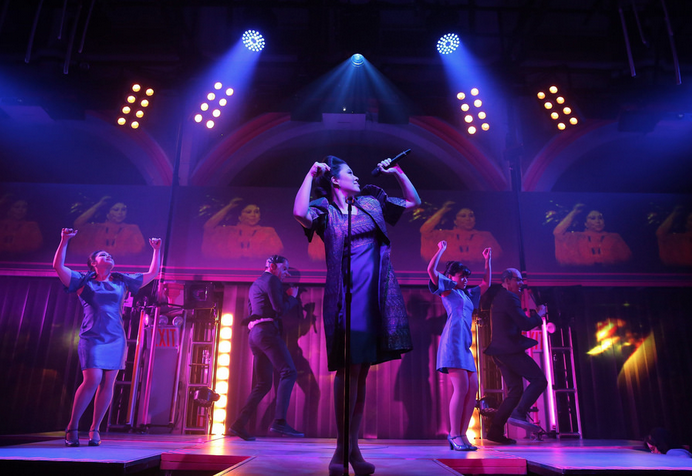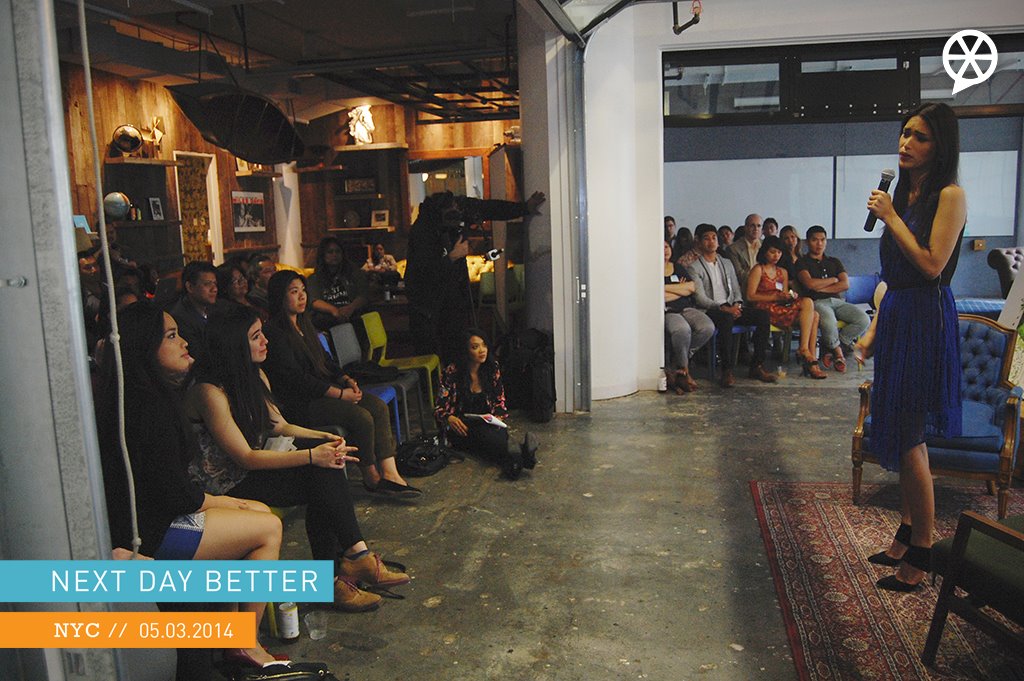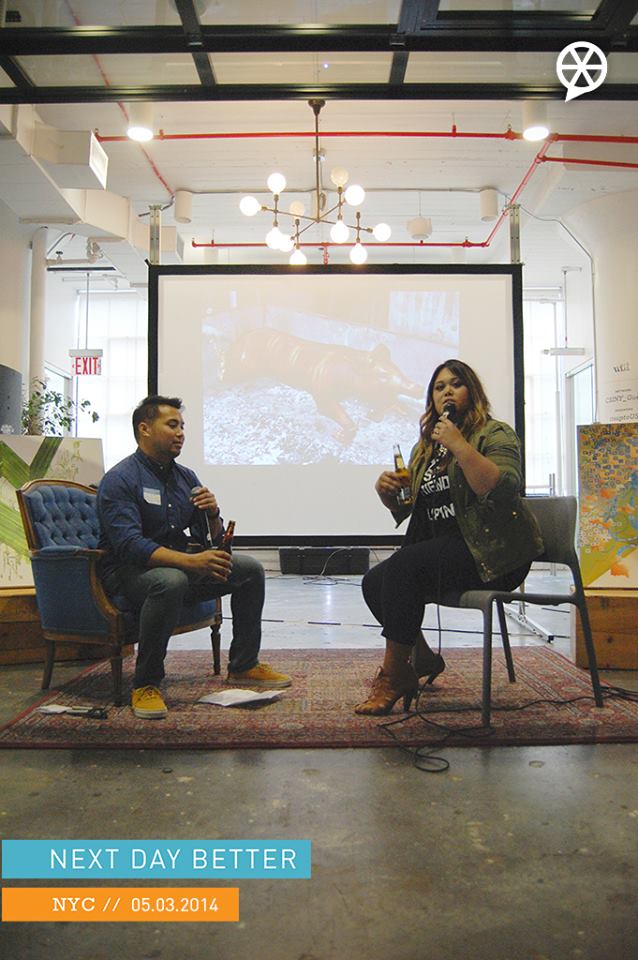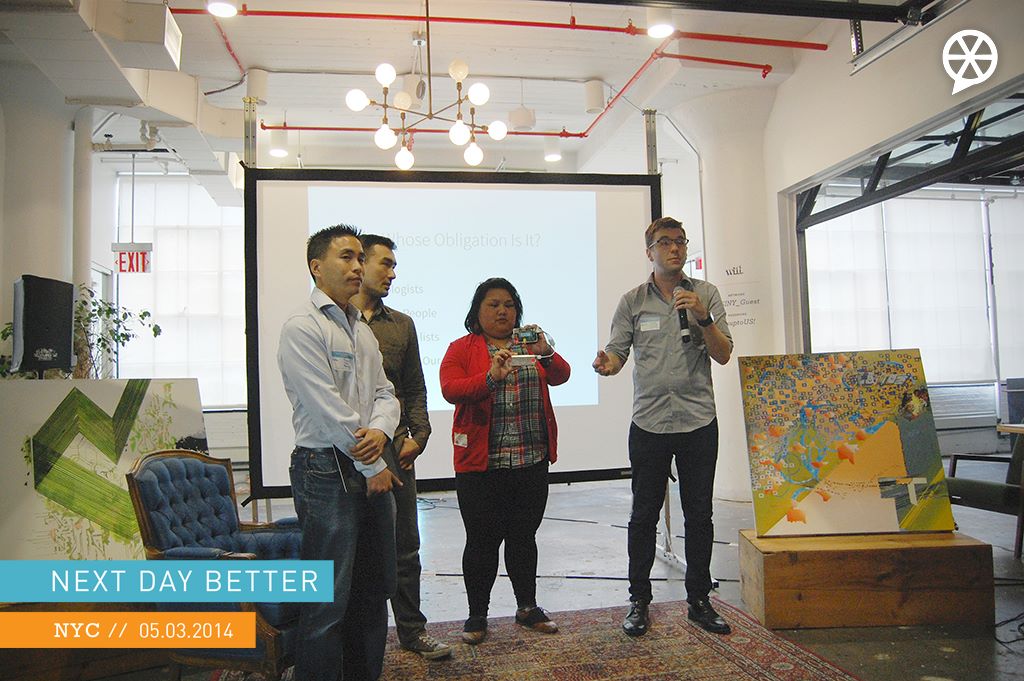Summit? In Hawaii?!? I couldn't believe it when our editor send me inforfmation of a conference that was done in collaboration with UniPro as well as NaFFA! It's been almost a year since my first UniPro Summit and I've moved to Hawaii since then. Now working with a six-hour time difference (imagine how fun that is to work with blog deadlines!) and hearing of all the awesome events that was going on back in New York—a 10-hour flight away from Honolulu (which is closer to Tokyo!)—admittedly made it a challenge for me to connect more beyond remotely via the Internet.
But to have UniPro come here for the Fil-Am Young Leaders Summit? Needless to say, I looked forward to it!
Hosting Summit was the Filipino Community Center (FilCom Center for short), the pride of the local community and the envy of those from the mainland. To have such a large campus dedicated mainly toward Fil-Am events and services was something to behold, much to the inspiration of those visiting it for the first time. The FilCom Center is located in Waipahu, home to a Pilipino enclave that dates back to the days when Oahu was dotted with sugar plantations, and is about a half hour from Waikiki - double if you rely on public transportation. I disagree with Ben Cayetano, former Hawaii governor and fellow Fil-Am: we NEED light rail out here!
Opening the summit was Jose Cuisia Jr., the Philippine ambassador to the US who took the time to fly out and join us in Hawaii. While I'm accustomed to seeing such speakers head out after their speech, Ambassador Cuisia stayed around into the afternoon, certainly something that should be recognized especially when you have the temptation of enjoying Hawaii.
Following Cuisia was Tony Olaes, CEO of Gawad Kalinga USA (GK USA), the successful "born again Filipino." Known for his high-powered talks, he shared the experiences of his recent trip to the Philippines, where he took California Assemblyman Rob Bonta to participate in the Bayani Challenge build in Leyte. But along him and Bonta were two undergraduates from San Diego State who were overwhelmed and inspired by the sights they witnessed as they connected with their culture and heritage. Olaes wrapped up by sharing a draft of his three-pronged vision for Fil-Am community engagement by (without spoiling too much before it's official launch): connecting, educating, and investing. Stay tuned from Tony for more details!
Now for the meat of the summit: the breakout sessions. The ones I managed to sneak into were "Filipino Community and Civic Engagement" and "Education as the key to uniting the Filipino diaspora." It was here where I really began to see the different perspectives that span from Guam to the East Coast, a culture clash that couldn't be ignored. Indeed, the perspective of a Fil-Am from Kalihi will differ with one from Queens, NY, and as Jeffrey Tangonan Acido proposed as a perspective check in the education panel, "you cannot expect a module from NY or San Francisco to work the same way in Hawaii."
The optimist in me appreciated the differences as they gave us a taste of what it takes to strive for the namesake of one of the panels: to unite the Pilipino diaspora. It gave us exposure to the challenges we needed to overcome to reach this particular goal. It showed us how to better handle such intercultural dialogue when working with Pilipinos back in the PI and around the world. I saw that such differences also allowed an exchange of new ideas that we'd otherwise not be exposed to. Indeed, such a module might not work in Hawaii but, if anything, there certainly can be parts that we can take from them to adapt into our own.
My favorite part of FYL Summit came from someone who noticed her differences among fellow Fil-Ams. Rovaira Dasig, co-founder and president of The PULSE Group (an incubator that assists those disadvantaged to thrive within the country) strives to strengthen such intercultural dialogue. Dasig shared her story of how she the left the "good life" in the US three years ago so she could return to the Philippines and understand her "Filipino-ness" -- something she felt couldn't be cultivated in America. She has since also found herself as creator and co-producer of the sitcom MNL on FilAm TV, a show dealing with the Fil-Am search for connections in Manila.
One of her quotes that echoed most deeply can be found in her reflection on the Summit website. It is something that we Fil-Ams can connect with as we strive for that connection to our identity, involvement, and passion. It is something that I truly feel can be a major unifying factor in uniting the diaspora:
"... I’m not saying you have to move to the Philippines, but believe me when I say that being able to relate with your kababayan in the Philippines in ways that demonstrate your understanding of the history, culture and current issues they face—well, that’s beautiful and is necessary for any of THIS to work. The impact of what you do should extend beyond the borders of America."
And this is just a glimpse of how much I've taken from the Summit. We're now days away from the UniPro Summit in New York and less than three months until the NaFFA National Empowerment Conference in San Diego. I'm already psyched up to be further enriched by more ideas and networking opportunities that my limited scope wouldn't have otherwise found. I'm looking forward to seeing familiar faces such as our UniPro leadership who joined us in Hawaii and are now ready to take on what’s to come this Saturday.
To UniPro and the delegates joining us this Saturday: Now, it's your turn. Now, it's Your Move.
Photo credit: Jeff Orig













